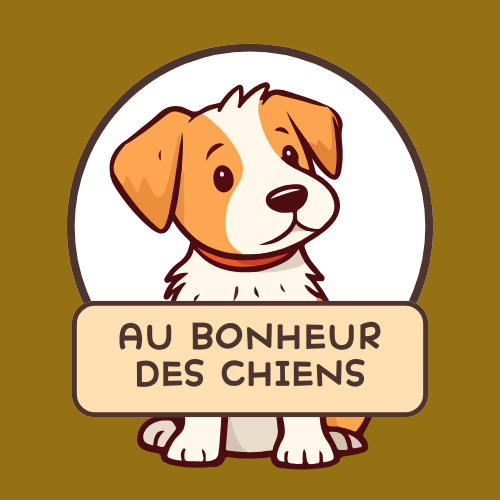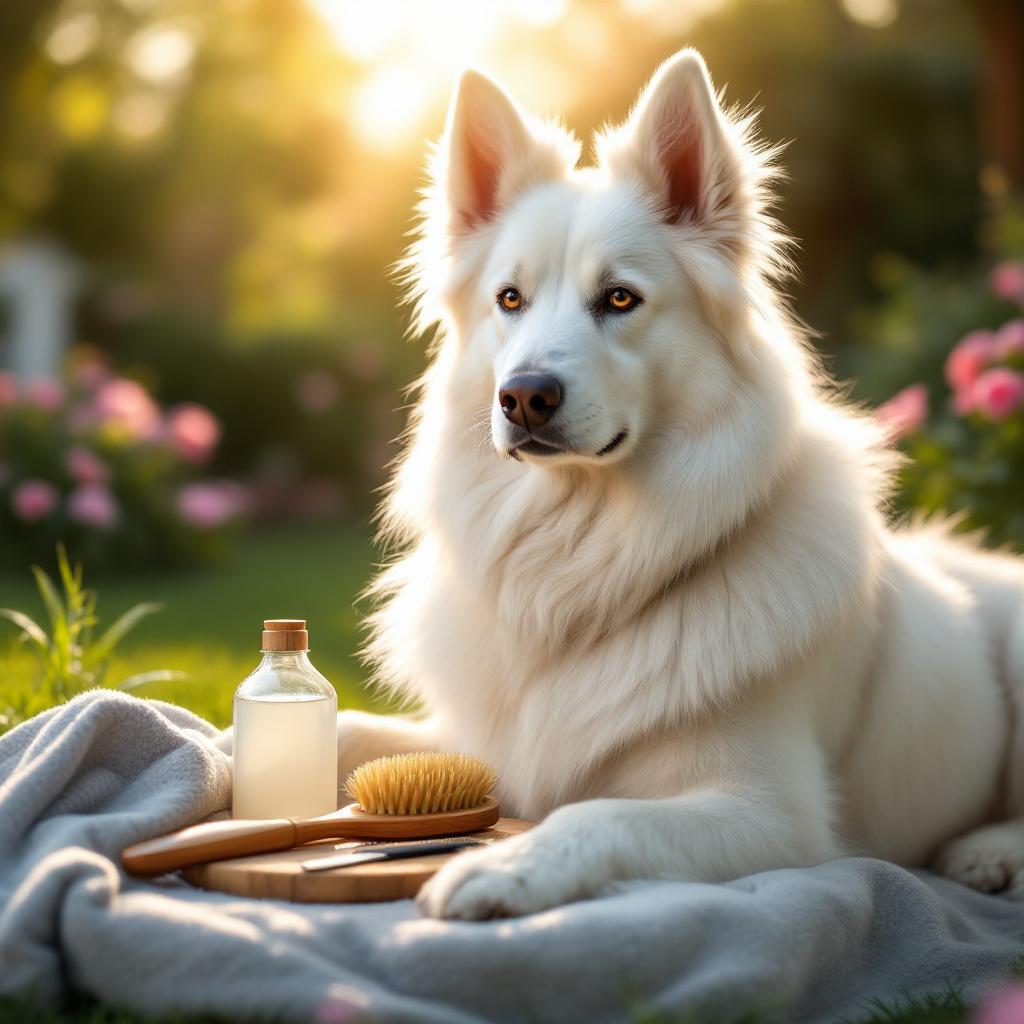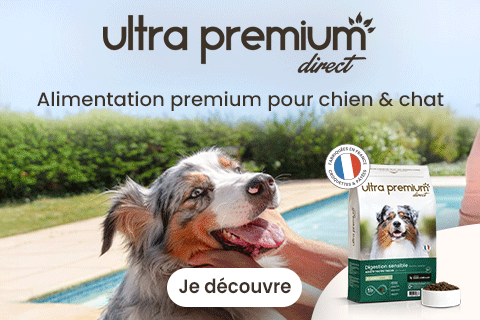| Points clés | Détails à retenir |
|---|---|
| 🐕 Definition | Define the unique double coat of the Swiss Shepherd |
| ✨ Benefits | Maintain coat health for comfort and shine |
| 🛠 Tools | Prepare brushes, combs and shampoos |
| 📋 Steps | Execute brushing, bathing and trimming routines |
| 📆 Frequency | Schedule grooming sessions by season |
| ⚠️ Pitfalls | Avoid overbathing and improper tools |
Your Swiss Shepherd’s lush white coat needs regular attention to stay soft and tangle-free. This tutorial walks you through every step—from gathering the right gear to mastering brushing techniques—to keep your dog’s fur healthy and radiant at home.
Understanding the Swiss Shepherd’s Coat
The Swiss Shepherd sports a dense double coat: a soft undercoat for insulation and a straight outer coat that repels dirt. Grasping this structure helps you choose proper brushes and avoid damaging the hair shafts.
Coat Structure and Function
- Undercoat: fine, downy layer that traps air, keeping your dog warm in winter and cool in summer.
- Outer coat: tougher guard hairs that protect skin from debris and moisture.
- Shed cycle: seasonal blowouts when your shepherd loses its winter undercoat in spring and regrows in autumn.
Why Regular Grooming Matters
Brushing not only removes loose hair but also stimulates blood flow and distributes natural oils, enhancing shine. Neglect can lead to mats that tug at the skin, causing irritation or even infection in severe cases.
Essential Grooming Tools
Having quality equipment on hand speeds up your routine and prevents stress for you and your dog. Aim for durable, ergonomic pieces designed for double coats.
- Slicker brush with fine wire bristles to detangle and remove undercoat.
- Undercoat rake for deeper penetration during heavy shedding.
- Pin brush to smooth the outer coat without breaking guard hairs.
- Wide-tooth comb for finishing and locating small knots.
- Hypoallergenic dog shampoo that preserves natural oils.
- Microfiber towels or a pet-specific blow dryer on low heat.
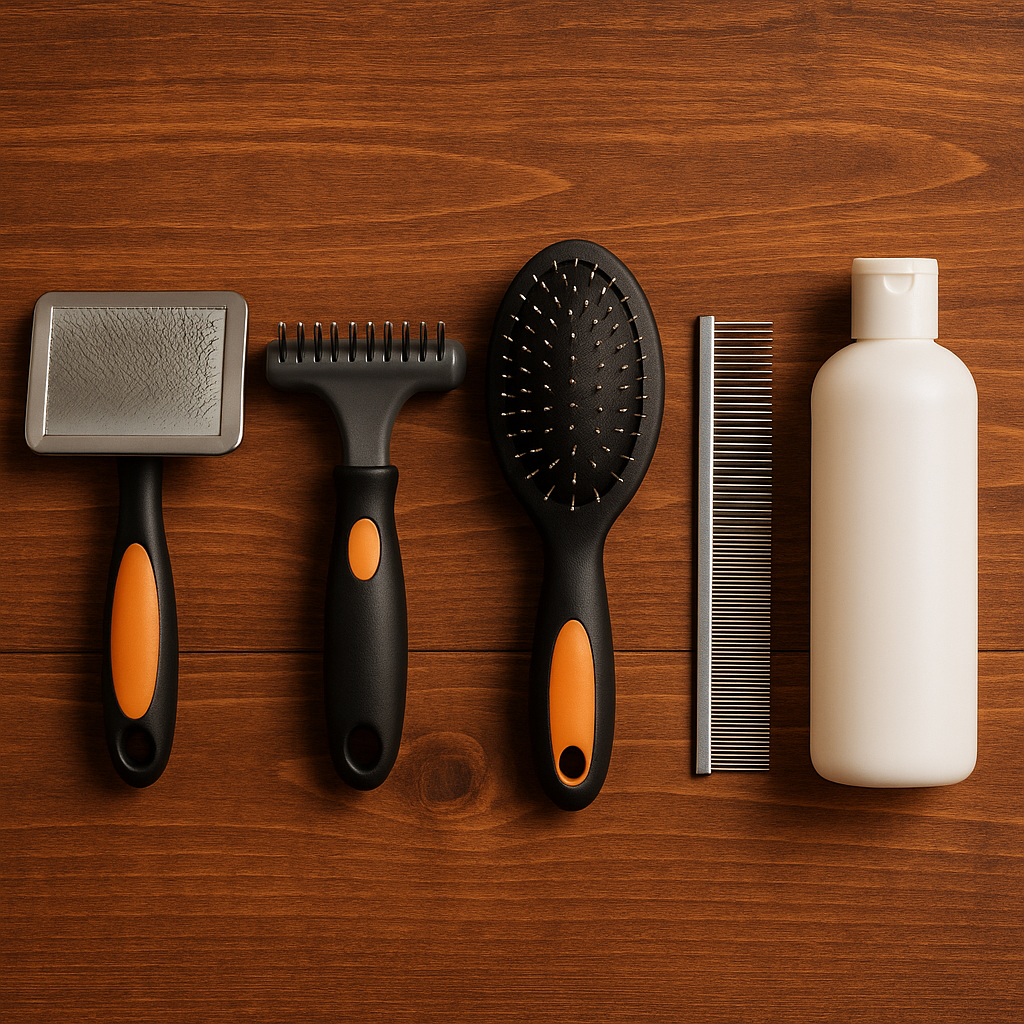
Step-by-Step Home Grooming Routine
Follow these steps every two weeks, increasing frequency during shedding seasons. Each task blends into a seamless flow, keeping your shepherd calm and cooperative.
1. Brushing Session
Start from the neck, moving toward the tail. Hold the skin taut to avoid pulling. Work in sections: shoulders, back, flanks and legs. Switch between slicker brush and rake when you hit thicker patches.
- Brush at a 45° angle to lift loose hair.
- Comb through any remaining tangles with a wide-tooth comb.
- Reward your dog after each quadrant to build positive habits.
2. Bath Time
Only bathe your Swiss Shepherd every 6–8 weeks to preserve coat oils. Use lukewarm water and massage shampoo into the undercoat, releasing debris locked down. Rinse thoroughly until water runs clear.
3. Drying and Finishing
Gently squeeze excess water, then wrap your dog in a microfiber towel. If you opt for a dryer, keep it at least 30 cm away, using the lowest heat. Touch up with a pin brush to prevent static and tangles.
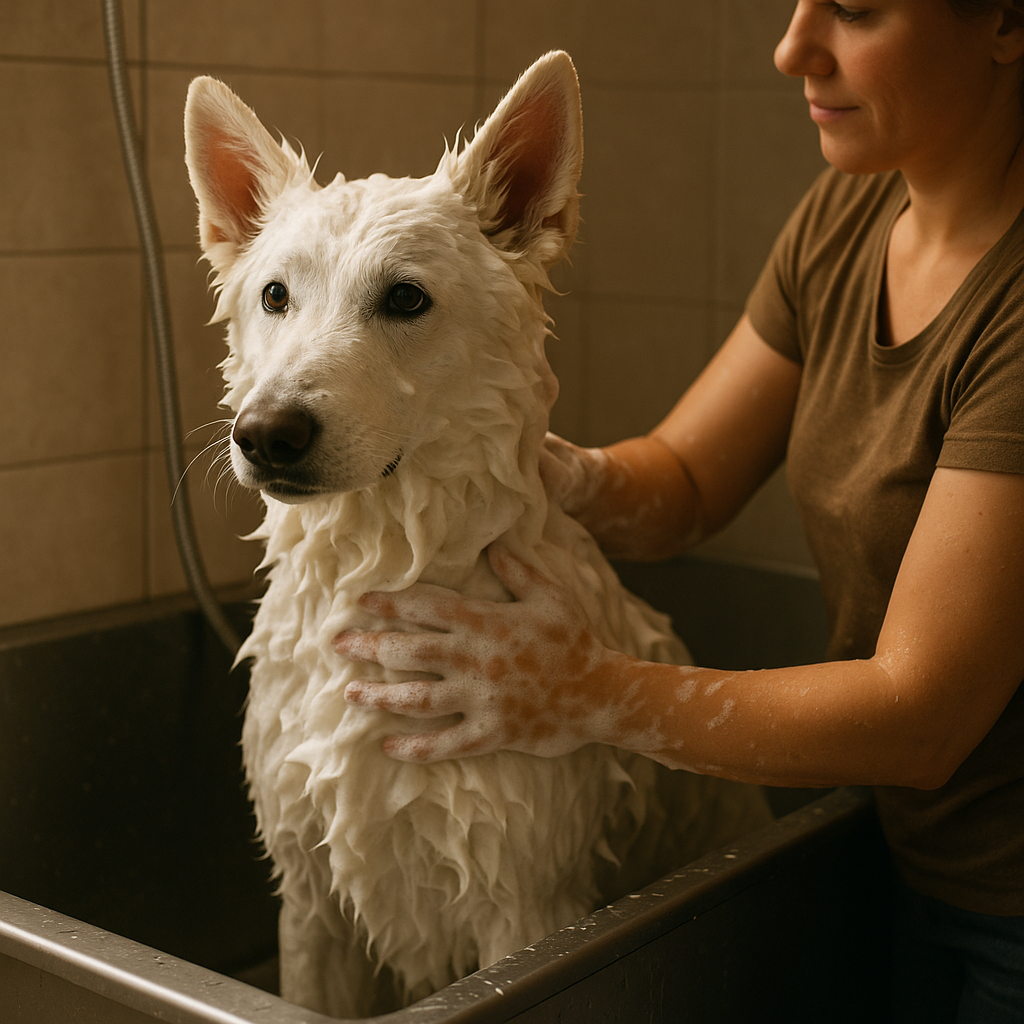
Seasonal Grooming Schedule
Adjust frequency based on shedding intensity. A simple table helps you track sessions and tools.
| Season | Brushing | Bathing | Tools |
|---|---|---|---|
| Winter | Weekly | Every 8 weeks | Slicker, pin brush |
| Spring | 2× per week | Every 6 weeks | Undercoat rake, comb |
| Summer | Weekly | Every 8 weeks | Slicker, towel dry |
| Autumn | 2× per week | Every 6 weeks | Rake, pin brush |
Common Mistakes and How to Avoid Them
Keep grooming sessions stress-free by sidestepping these pitfalls. Awareness of each error prevents coat damage and anxiety for your dog.
- Overbrushing: too frequent harsh strokes can strip oils, leaving the coat dull.
- Hot dryers: high heat may burn the skin; stick to low settings.
- Skipping undercoat: overlooked downy hair leads to mats near the skin.
- Excessive bathing: strips protective oils, causing dry skin and dandruff.
“A calm, consistent approach is key. Break grooming into short segments and reward patiently,” advises Dr. Emily Jones, veterinary dermatologist.
Additional Tips for a Shiny Coat
A balanced diet, regular vet checks and supplements rich in omega-3 fatty acids support coat health from the inside out. Hydration also plays a major role: always ensure fresh water is available.
Diet and Supplements
- High-quality kibble with visible sources of fish oil or flaxseed.
- Occasional fatty fish treats like salmon (deboned and cooked).
- Consult your vet before adding supplements to prevent overdose.
Skin Checks
While grooming, scan for redness, lumps or parasites. Early detection of issues like hot spots or ticks speeds up treatment and reduces discomfort.
FAQ
- How often should I brush my Swiss Shepherd?
- Brush at least once weekly in off-seasons and twice weekly during heavy shedding to prevent mats.
- Can I use human shampoo on my dog?
- No—human formulas can disrupt your dog’s skin pH. Choose a hypoallergenic dog shampoo.
- What if I find mats close to the skin?
- Gently work them out with a slicker brush or wide-tooth comb. In severe cases, trim the mat rather than yank it.
- Is professional grooming necessary?
- Every 6–12 months, a pro can handle nail trims, ear cleaning and stubborn mats you might miss at home.
- How do I calm my dog during grooming?
- Break sessions into short intervals, reward with treats and speak in soothing tones.
- Which brush is best for the undercoat?
- An undercoat rake with stainless steel teeth reaches deep to remove shedding hair.
- Can I trim the fur around paws myself?
- Yes—use rounded-tip scissors to carefully trim excess hair between paw pads for safety.
